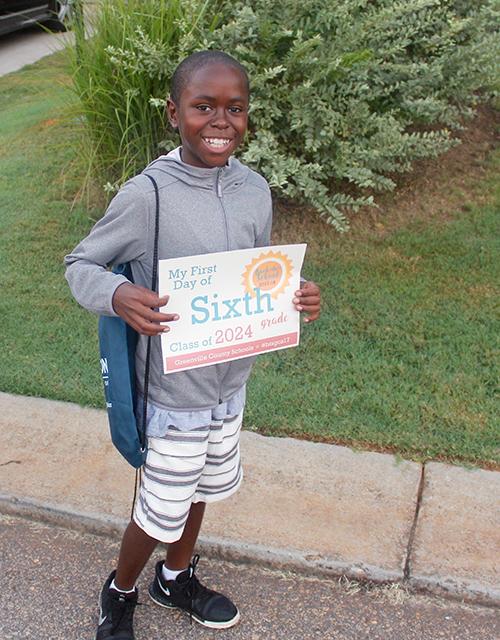
-
Understanding primary immunodeficiency (PI)

Understanding PI
The more you understand about primary immunodeficiency (PI), the better you can live with the disease or support others in your life with PI. Learn more about PI, including the various diagnoses and treatment options.
-
Living with PI
-
Addressing mental health
-
Explaining your diagnosis
- General care
- Get support
- For parents and guardians
-
Managing workplace issues
- Navigating insurance
-
Traveling safely

Living with PI
Living with primary immunodeficiency (PI) can be challenging, but you’re not alone—many people with PI lead full and active lives. With the right support and resources, you can, too.
-
Addressing mental health
-
Get involved

Get involved
Be a hero for those with PI. Change lives by promoting primary immunodeficiency (PI) awareness and taking action in your community through advocacy, donating, volunteering, or fundraising.
-
Advancing research and clinical care
-
Grants
-
IDF surveys
-
Participating in clinical trials
-
Diagnosing PI
-
Consulting immunologist
-
Clinician education

Advancing research and clinical care
Whether you’re a clinician, researcher, or an individual with primary immunodeficiency (PI), IDF has resources to help you advance the field. Get details on surveys, grants, and clinical trials.
-
Grants
One of the first things parents of children with chronic granulomatous disease (CGD) have to learn fast is that they cannot keep their kids in a bubble and going to school is a natural progression of this truism.
While patients with CGD can attend school like any other child, it’s important for parents to remain proactive to ensure their child’s safety and health throughout the school year.
A good place to start is “Living With CGD’s” section entitled “CGD and Attending School.” This handy online guide informs parents of their child’s educational rights at a federal, state, and local level. Another informative link is the About CGD section. It is written in user-friendly language, which makes it ideal for sharing with teachers and school administrators to ensure that they’re fully informed.

The first step is to start a dialogue with school personnel, said Tangela Barr of Simpsonville, South Carolina. Barr meets with her son’s teachers at the beginning of each school year, and she asks them to notify her if a child is sick in her son’s class.
“If I hear that anyone has a cold, I make sure that he brings hand sanitizer and uses it that day, “ said Barr, whose son, Aaron, 11, just started the sixth grade. “We also change clothes and take a bath as soon as he comes home.”
Another area of concern is recess. Many school playgrounds have wood chips, and it’s up to parents to asses the risk factors of fungal exposure for their children. For example, some have asked the school to replace woods chips with rubber coverings. For small school districts with budgetary constraints, others have held fundraisers and raised money for this effort. In hotter climates, where wood chips can stay dry for longer periods of time, it may not be as much of a concern.
As children get older, it gets easier, said Barr. “My son knows what to do and what to avoid at this age,” she said. However, like any pre-teen, he’s becoming more independent, and that brings new risks along with new joys. At this stage, the dangers are more universal. Cuts and scrapes are washed immediately and life goes on.
“Aaron is like any other kid with a few extra precautions,” said Barr. “He’s out there on his rip stick, scooter, and skateboard. He plays soccer, and he’s even getting ready to play flag football. Whatever he does, he gives it his all.”
And thanks to Aaron’s proactive mom and an informed community at school — he can!
This content should not be used as a substitute for professional medical advice. In all cases, patients and caregivers should consult their healthcare providers. Each patient’s condition and treatment are unique. The benefits and risks of any treatment should be discussed with the patient's provider.
Related resources
Sign up for updates from IDF
Receive news and helpful resources to your cell phone or inbox. You can change or cancel your subscription at any time.





The Immune Deficiency Foundation improves the diagnosis, treatment, and quality of life for every person affected by primary immunodeficiency.
We foster a community that is connected, engaged, and empowered through advocacy, education, and research.
Combined Charity Campaign | CFC# 66309




